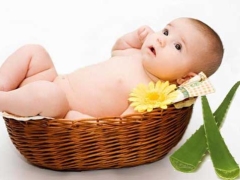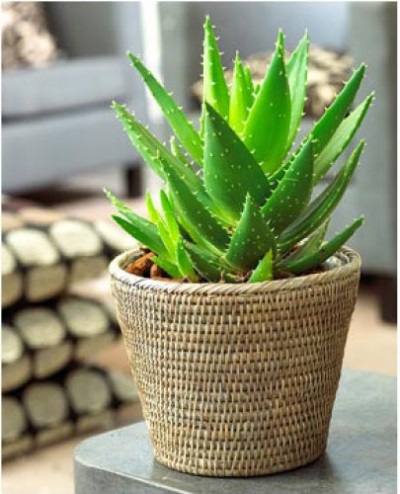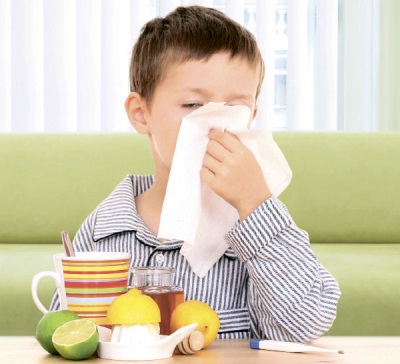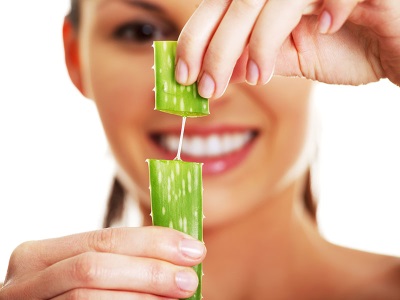Application of aloe to the common cold to children
When babies get a cold, many parents prefer to turn to folk remedies, proven multi-year use, and not to buy pharmaceutical drops that can cause addictive and various side effects. One of these tools can be called aloe.
Aloe is a popular houseplant. Most often in our country tree-like aloe is grown on the windowsills, which also bears the name of "agave".
The plant is rich in amino acids, phytoncides, enzymes, essential oils, many minerals and vitamins, so it began to be used for treatment since the times of ancient Rome and Egypt.
Operating principle
Phytoncides, which are present in the composition of aloe, have antibacterial effects, so aloe juice is often used in the fight against the common cold, in which green or yellow thick snot stand out from the nose of the child. In addition, aloe have noted pain reliever, anti-inflammatory, wound healing and immunostimulating action.
Contraindications
Aloe is not recommended for use:
- For the treatment of nursing babies.
- With viral rhinitis.
- When rhinitis is provoked by allergens.
- When blood is detected in nasal discharge.
- In case of allergy to this plant.
- With increased blood pressure.
Recipe
For the treatment of rhinitis in childhood, aloe juice diluted with water is most often used. For its preparation take the lower sheets of aloe age over 3 years. Usually they are recommended to first hold in the refrigerator for at least 12 hours.
Next, from the leaf of the plant squeeze out the juice, which in the amount of 2-3 drops is mixed with a teaspoon of water. You can also prepare the tool in larger quantities, squeezing the juice from one leaf of aloe and adding it to a glass of water. For children older than 3 years, the juice is diluted with water 1 to 3. Undiluted juice is permissible to use in the treatment of children older than 10 years.
How to apply and drip?
When using aloe for the treatment of rhinitis, these points should be taken into account:
- Diluted with water, aloe juice drip three times a day in each nostril, 2-4 drops.
- The solution should be at room temperature.
- You can not use a more concentrated solution of juice or increase the frequency of application.
- If any side effects, even very weak ones, appear, the introduction of juice into the child’s nose is stopped.
The duration of use of aloe should be no more than 3-5 days.
Tips
- If you have any doubts about the use of aloe for the treatment of your child, refuse such a remedy, as there is always a risk of burns and ulcerations on the mucous membrane, as well as allergic reactions to this plant.
- Before use, check the child's reaction to aloe. For this, some juice is applied to the skin of the elbow or under the nose. In the absence of irritation, after 2 hours, you can drip 1 drop of juice into each nasal passage. And only in the absence of side effects, you can proceed to the use of a full dose.
- You should not use oil drops on the basis of aloe juice, because the oil component will soften crusts and dried mucus, and aloe will not affect bacteria and mucous membranes when drying snot.
- Do not use for the treatment of rhinitis in children recipes, in which aloe juice is mixed with honey. While the sap of the plant is designed to affect pathogenic bacteria, honey will be an excellent medium for their reproduction.
If desired, you can use in the treatment of rhinitis a mixture of juices aloe and Kalanchoe in equal proportion.
Reviews
Both parents and doctors treat aloe with a cold in a different way. Some praise such a tool and assure that it helps to get rid of rhinitis very effectively, others call it ineffective, and others are negative because of the high risk of allergies and the risk of mucosal burns.














